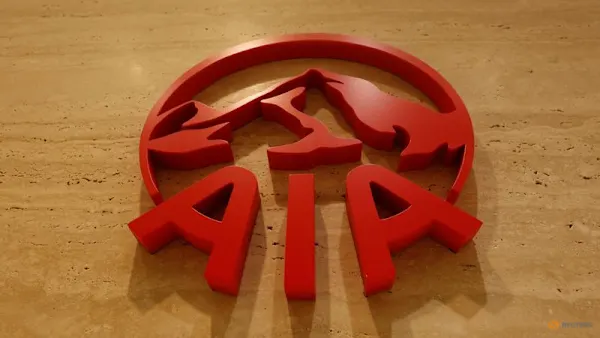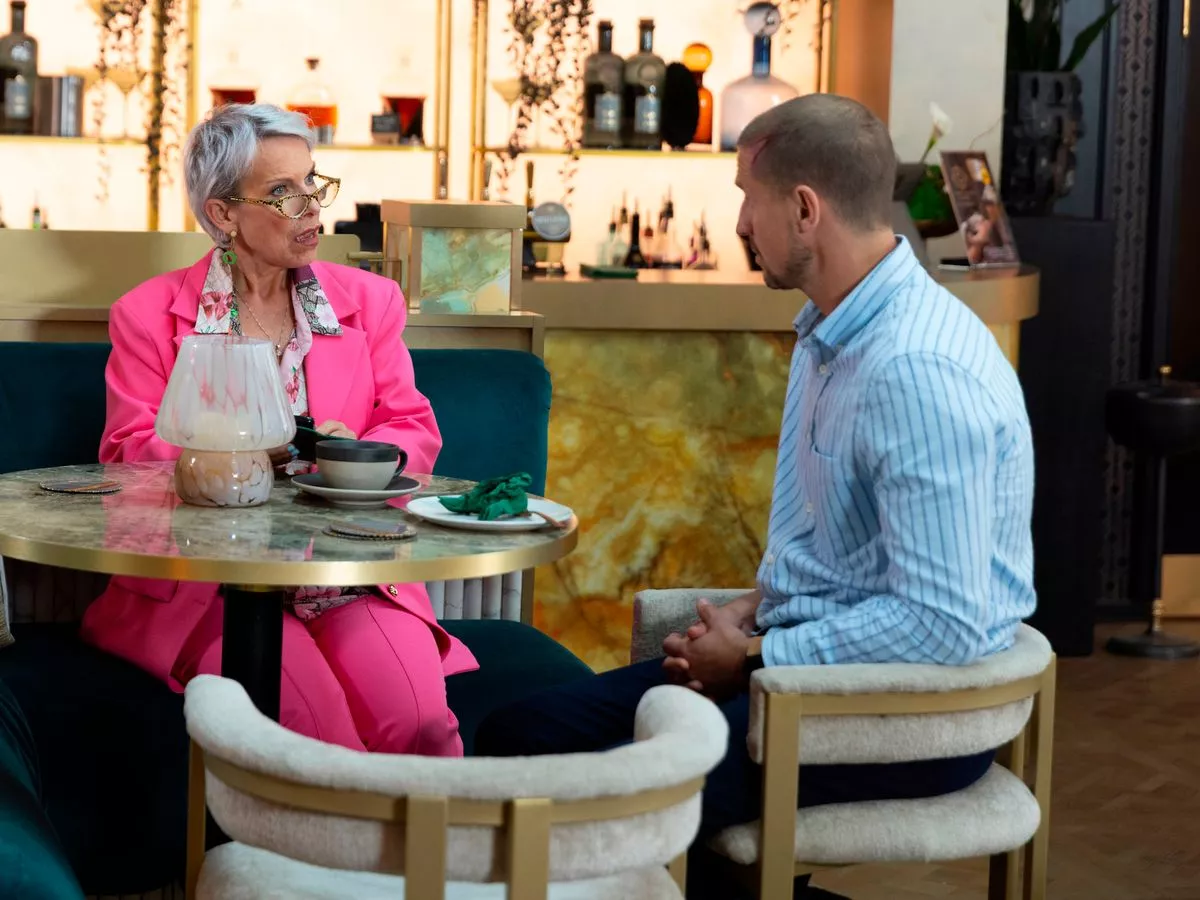Copyright go

If the Supreme Court rules that President Donald Trump's sweeping tariffs are illegal, customs officials may be forced to go through the unprecedented task of refunding more than $90 billion in already collected tariff revenue. Legal experts told ABC News that the process could provide businesses with a surge in cash, though customers are unlikely to see any of that money. "What consumers need to know is that those refunds go to businesses, not consumers," said Ernie Tedeschi, a nonresident senior fellow at The Budget Lab at Yale. In one of the most significant legal cases for Trump's administration, the Supreme Court on Wednesday appeared skeptical of the president's claim of unbounded tariff authority -- though some of the justices signaled a potential willingness to give the president some flexibility on foreign trade. Justice Amy Coney Barrett, in an exchange with Neal Katyal, a lawyer for the small business owners who brought the case, raised concerns that the potential reimbursement process "could be a mess." Depending on the Supreme Court's decision, the refund process could be mired in red tape, delayed, or limited to specific businesses. Some experts also expressed concerns that a complex refund process could disadvantage small businesses. 'Trying to manage expectations' According to Matt Lapin, an attorney with the law firm Wiley Rein specializing in international trade, the Supreme Court could look to past cases for guidance on how to proceed with refunds. The Supreme Court is not bound to follow any practice or issue a recommendation about the refund process, he noted. Following the Supreme Court's determination in 1998 that some harbor maintenance taxes were unconstitutional, the U.S. Customs and Border Protection agency established a process for filing claims, which included proving that imports occurred during the relevant time period and that the duties had been paid to obtain a refund. According to Lapin, the refund process following the 1998 decision took one to two years, though he cautioned that the volume of claims for Trump's tariffs could be dramatically larger. "I think the important part that we are trying to manage expectations with all of our clients is even to the extent that a process is put in place, and to the extent that there is a process that you qualify for, you put in your application, there's going to be a high volume involved here, very heavy volume," said Lapin. Another option could be to follow the policy used in 2006 when the United States and Canada settled a longstanding dispute over lumber imports, according to Alan Wolff, a senior fellow at the Peterson Institute for International Economics and a former deputy director-general of the World Trade Organization. In that case, the U.S. and Canada reached an agreement allowing the distribution of $1 billion held by the U.S. Treasury to private businesses, Wolff said. Half of the money was paid directly to the companies involved in the settlement, while the other half was allocated to a market development fund to promote lumber usage. While that settlement could serve as another example to follow, Wolff noted that the unique nature of Trump's tariffs might require a similarly unprecedented resolution if they are proven to be unlawful. "There's nothing usual about any of this, because the president of United States has never put on a tariff like this in the history of the country," said Wolff. 'Do you have to have sued?' Further complicating any refund process is an additional step in the legal battle over tariffs that could arise when the Supreme Court issues its ruling. "There's another wrinkle in that the federal circuit has gone back to the Court of International Trade -- the lower court -- to ask, 'Do you have to have sued in order to get a refund?'" said Wolff. When the Court of Appeals for the Federal Circuit upheld a lower court's decision that the tariffs were unlawful, it remanded part of the case to the Court of International Trade in light of the Supreme Court's decision ending universal injunctions. Based on that decision, it's unclear whether the Court of International Trade's decision could apply to any business impacted by the tariffs, or only to the five companies that brought the original tariff lawsuit. Depending on the scope of the Supreme Court decision, a refund might only be eligible to businesses that have gone to court over the tariffs. 'They can make the process really ugly' According to Jennifer Hillman, a Professor of Practice at Georgetown University Law Center, the Trump administration could make it more challenging to file claims to discourage refunds. "They can make the process really ugly," she noted. "They could just deny all of [the claims] in order to make you have to file a lawsuit at the Court of International Trade, because then they know that many, many small businesses cannot afford to do that." She added that a lack of guidance from the Supreme Court could make it easier for the Trump administration to muck up the refund process. "The Trump administration could make it really hard for people to get refunds back or not, and it may depend on whether the court is prepared to say," she said. Oliver Dunford, a senior attorney at the Pacific Legal Foundation, expressed concerns that a complex refund process could harm smaller businesses that have limited resources to file their claims. "Maneuvering these kinds of issues is relatively a lot cheaper for the big businesses. It's the small businesses that have to spend more of their time, more of their capital, certainly as a percentage on dealing with these kinds of regulations and changing rules and things like that," he said.



